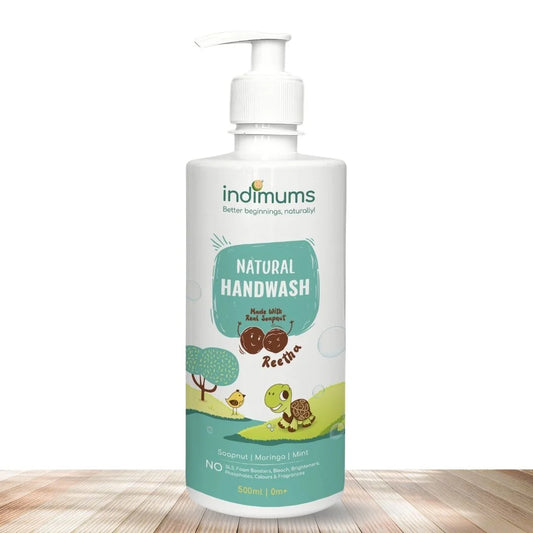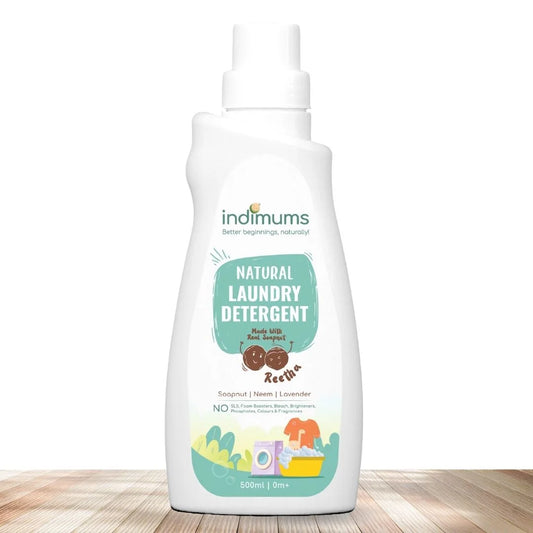Every parent knows that feeding time doesn’t end when the baby finishes a bottle. The real work begins afterward—making sure the bottle is completely clean and safe for the next use. Leftover formula, milk fat, or juices can leave behind invisible residues. These residues not only cause unpleasant odors but also create a breeding ground for harmful bacteria. That’s why choosing the right baby bottle cleaner and following proper cleaning practices is essential.
Why Regular Soap Isn’t Enough
Many parents wonder if regular dish soap can do the job. While it may cut grease, standard detergents often contain harsh chemicals, artificial fragrances, and dyes. These substances can remain on the bottle surface and mix with the next feed. Babies’ developing immune systems are sensitive, and exposing them to such chemicals may lead to irritation or digestion issues. This is why switching to a natural baby bottle wash with no chemicals is a smarter choice.
Choosing the Right Baby Bottle Cleaner
A good bottle wash should not only remove visible dirt but also tackle hidden residues. When selecting a baby bottle cleaner, look for:
-
Effectiveness on formula residue: Formula often leaves behind stubborn layers inside bottles. Using the best baby bottle wash for formula residue ensures your baby’s bottles remain clear and odor-free.
-
Plant-based formulation: A plant-based baby bottle cleanser for newborns provides gentle yet effective cleaning without harming delicate tummies.
-
No fragrance or dyes: Babies don’t need artificial scents. A baby bottle wash without fragrance or dyes prevents allergies and skin irritation.
-
Antibacterial properties: Using a baby bottle cleaning liquid with antibacterial properties protects your child from harmful microbes that thrive in milk residue.
-
Stain removal: Look for a baby dish wash for removing oil and milk stains, so every wash leaves bottles spotless.
Step-by-Step Guide to Cleaning Baby Bottles
Even the best baby bottle cleaner works best when combined with proper cleaning practices. Here’s a simple routine every parent can follow:
1. Rinse Immediately After Feeding
Don’t wait until later. Rinse the bottle with warm water as soon as your baby finishes feeding. This step prevents milk proteins and fats from sticking to the bottle surface.
2. Use a Dedicated Brush
Invest in a soft bottle brush that can reach corners and nipples. Avoid using sponges or brushes meant for regular dishes, as they may carry germs.
3. Add Baby Bottle Cleaner
Fill the sink or a small tub with warm water. Add a few drops of baby bottle cleaner such as Indimums gentle formula. Its plant-based baby bottle cleanser for newborns cuts through formula residue without leaving harmful traces.
4. Scrub and Rinse Thoroughly
Clean every part—the nipple, ring, and bottle. Ensure there’s no slippery feel left, as that indicates residue. Rinse thoroughly with warm water.
5. Sterilize Occasionally
Although daily sterilization isn’t always necessary, boiling or steam sterilizing bottles once or twice a week ensures extra safety.
Why Indimums Bottle/Toy & Dish Wash is a Great Choice
Indimums offers a specially crafted baby bottle cleaner designed with parents’ concerns in mind. Unlike regular soaps, it is:
-
Natural ingredient: Reetha-based baby bottle wash with no chemicals
-
Effectively removes milk film and odours
-
Ideal for baby feeding bottles, nipples, pacifiers, feeding utensils, feeding trays, chew toys and parts of breast pumps.
- Protects from germs and inhibits growth of bacteria and fungus on baby items
Why Low Lather is Better for Baby?
At Indimums we skip foam-boosting chemicals. Our gentle Reetha/Soapnut based natural cleanser lather less compared to chemical cleanser, but cleans just as effectively - perfect for gentle and safe cleansing.

Final Thoughts
Cleaning your baby’s bottles goes beyond appearances—it’s about health and safety. By choosing the right baby bottle cleaner and following simple hygiene practices, you ensure every feed is free from germs, residues, and harmful chemicals. Natural, plant-based, and antibacterial cleaners like Indimums give you peace of mind, knowing your baby gets nourishment from a bottle that’s always completely clean.





